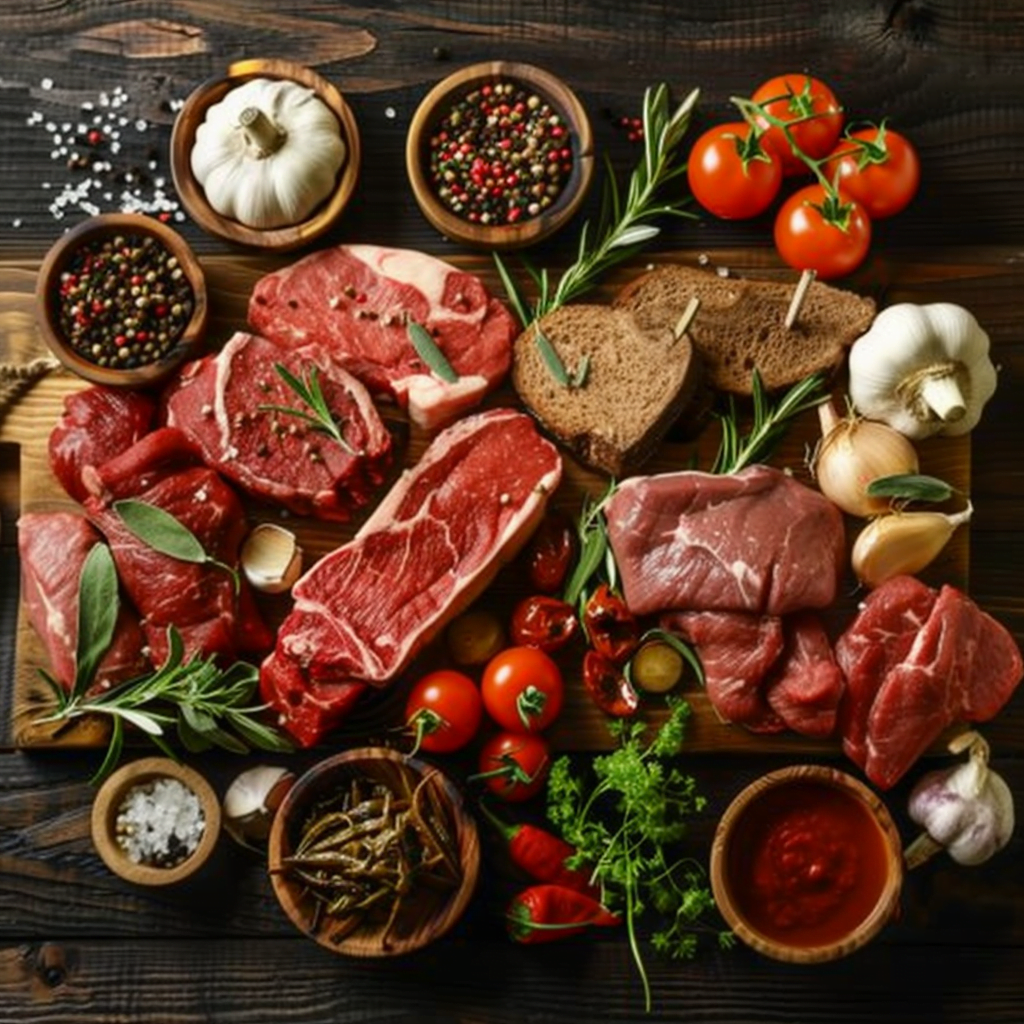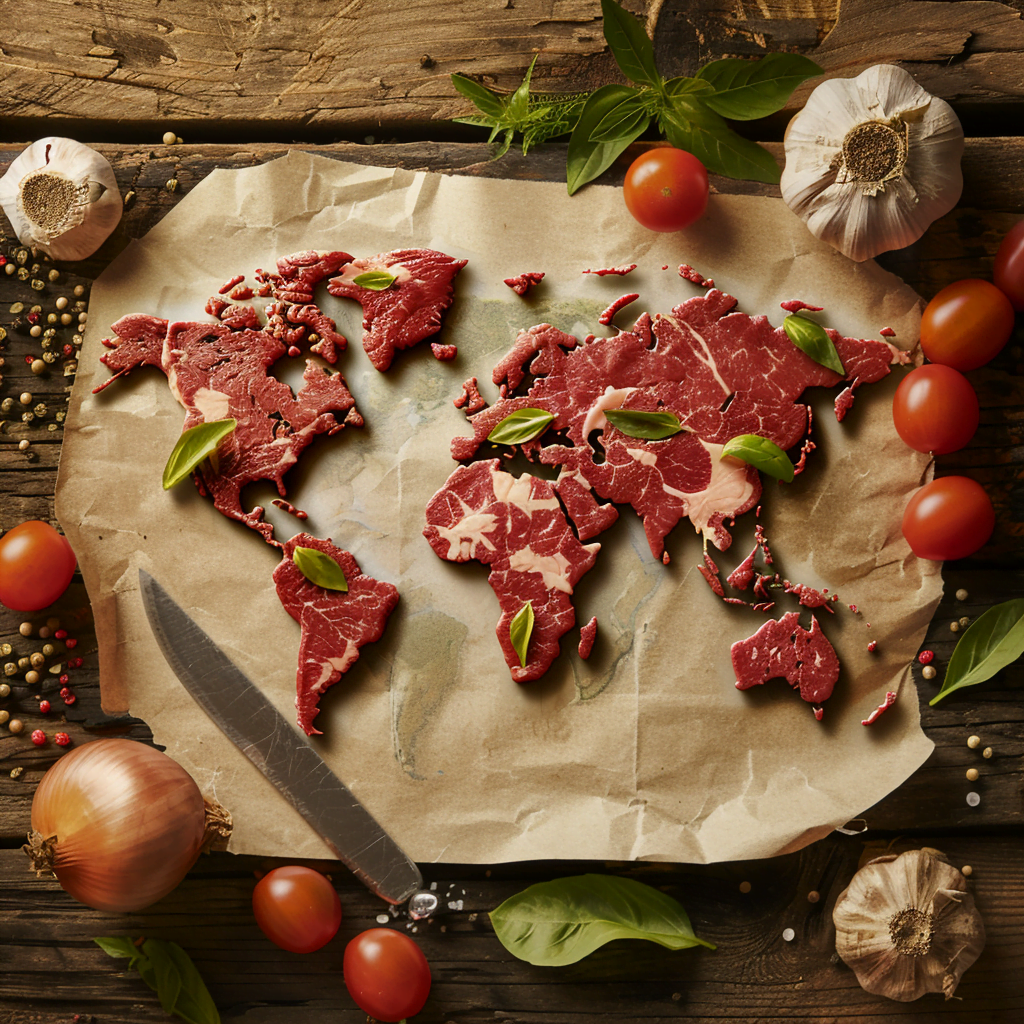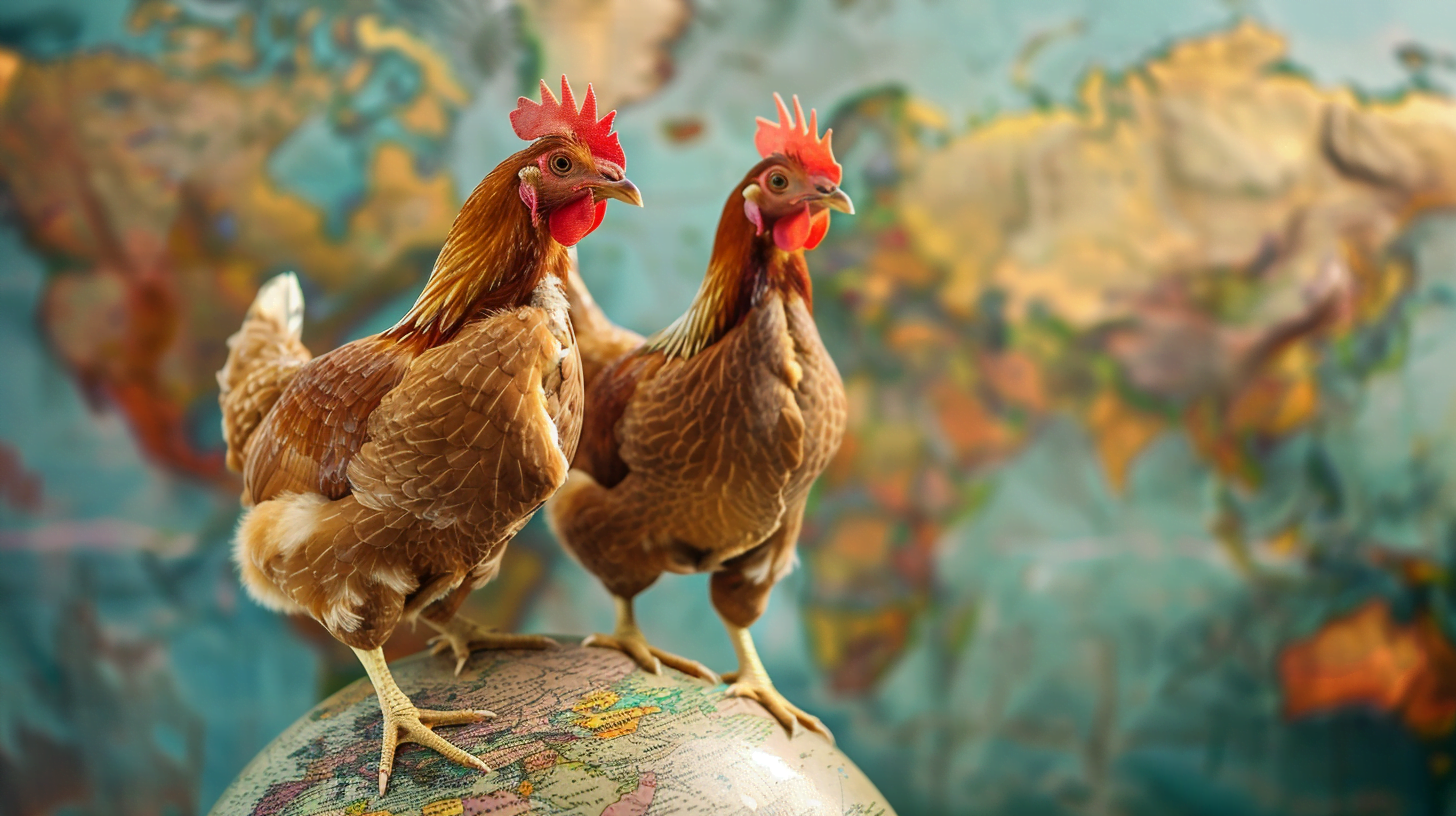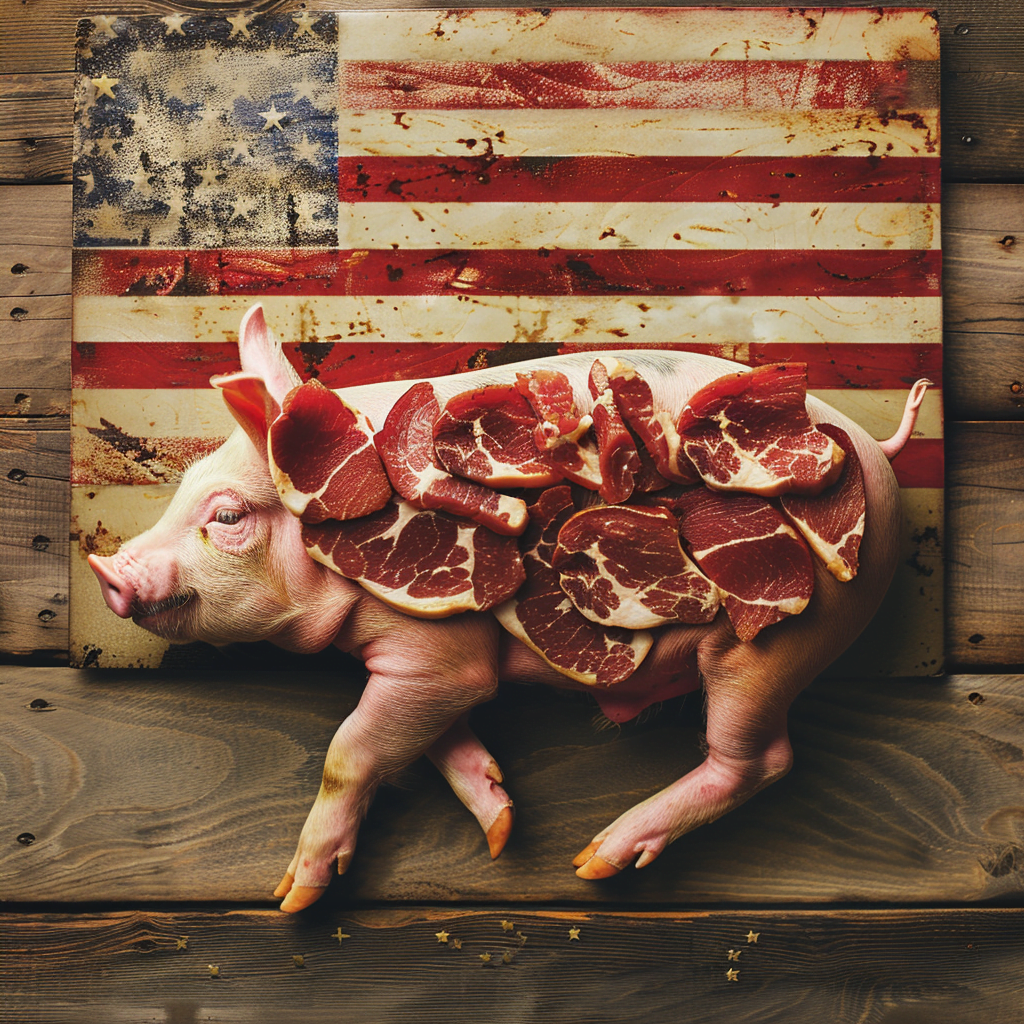Beef production is a major global industry. Over 60 million tons of beef is produced worldwide each year to meet surging demand across both developing and developed countries. But which country produces the most beef and leads the world when it comes to overall beef output?
Brazil is the Top Beef Producing Country
Brazil produced over 9 million metric tons of beef in 2020, making it the number one beef producer globally. The country has immense areas of natural and cultivated pastureland that enable large-scale cattle grazing for beef production. Lower production costs compared to other major beef countries also give Brazil a competitive advantage.
In addition, Brazil has developed a major beef export industry over the last 20 years. Top destinations for Brazilian beef exports include:
- China
- Egypt
- Chile
- European Union
The combination of booming beef exports and domestic consumption has fueled Brazil’s rise to the top of global beef production charts.
Brazil’s natural environment and climate are ideal for raising grass-fed beef cattle. The country contains over 172 million hectares of pastureland – an area larger than Mexico. Brazilian beef cattle spend most of their lives grazing on these natural grasslands, which have a warm climate and receive adequate rainfall to support the grass growth needed to raise cattle.
Brazil also benefits from lower cost of production compared to other major beef producers. Land and labor costs are lower in Brazil, and grass-fed production has lower input costs than intensive feedlot operations common in countries like the US. These advantages allow Brazilian beef exporters to be extremely price competitive on the global market.
The United States: Second Largest Beef Producer
The United States is the second largest beef producing country in the world. In 2020, the US produced 12.36 million metric tons of beef prior to droughts and disease reducing output. The US has a well-developed cattle ranching and feedlot industry optimized specifically for high-volume, low-cost beef production.
Key reasons why the US produces so much beef:
- Vast grassland areas in central US states for cattle grazing
- High corn production to feed cattle in feedlots
- Huge domestic demand for beef products
However, recent droughts leading to higher feed costs and outbreaks of disease like COVID-19 have disrupted the US beef supply chain. This led Brazil to overtake the US as the world’s top beef producer starting in 2020.
The US cattle inventory as of January 1, 2022 totaled 89.9 million head of cattle. Over 24 million of those were beef cows that have calved at least once and are primarily used for beef production. Popular beef cattle breeds in the US include Angus, Hereford, and Charolais cattle.
The US has a well-developed system of cattle ranches and feedlots that focus on maximizing beef output. Large cattle ranches located in the Great Plains region provide grazing land for cow-calf operations during the early phase of growth. Then cattle are transferred to feedlots concentrated in states like Texas, Nebraska, Kansas, and Colorado to rapidly gain weight prior to slaughter. The feedlot stage relies heavily on corn and other grain byproduct feeds.
| Country | 2020 Beef Production (metric tons) |
|---|---|
| Brazil | 9+ million |
| United States | 8.44 million |
| China | 6.35 million |
China: Rapid Growth in Beef Production
China produced about 6.35 million metric tons of beef in 2020, making it the third largest beef producer globally. While still behind Brazil and the US in total output, China is experiencing rapid expansion of its domestic beef industry.
Rising incomes in China have led to increasing demand for beef and other meat products. To meet this growing domestic demand, China has quickly grown both its cattle herd inventory and beef production capabilities. Chinese beef producers employ a range of production methods from traditional small farms to industrial-scale feedlots.
The Chinese government has prioritized domestic beef production to improve food security. This has led to policies aimed at modernizing the beef industry such as subsidizing large-scale feedlots and introducing improved breeding stock. By 2025, China aims to reach over 15 million metric tons in annual beef output.
China’s beef imports have also risen rapidly over the last decade. This rising demand has led China to source beef products from leading exporters like Brazil and Australia. In 2020, Chinese beef imports exceeded 3 million tons in total.
Going forward, China is expected to continue strong growth in beef output over the next decade. They may eventually overtake the US to become the second largest beef producer worldwide.
Beef Cattle Breeds
There are over 800 different cattle breeds worldwide that are raised for beef production. But several key breeds dominate in the major beef producing countries:
Brazil:
- Nelore: Hardy, heat-tolerant breed well-suited to grazing
- Angus: Originally from Scotland but raised in Brazil for meat quality
United States
- Angus: Most popular breed, known for flavor and marbling
- Hereford: Hardy, adaptable breed good for grazing
- Charolais: Large framed for meat yield
China
- Wagyu: Originally Japanese but raised in China for meat quality
- Limousin: Lean, fast-growing French breed used for crosses
- Luxi: Native Chinese breed crossed with Simmental or Angus
Beef Production Methods
There are two primary methods used in beef cattle raising and production globally:
Feedlots
Feedlots are enclosures where cattle are fattened up on specialized high-protein feeds prior to slaughter. The grain-based diet allows the cattle to reach target weight and condition grades faster compared to grazing. Feedlots are more commonly used in the US, though adoption is spreading to other countries as well.
Over 75% of US beef is produced using intensive feedlot systems. The concentration of large numbers of cattle in feedlots allows for economies of scale. However, feedlots have come under scrutiny for perceived impacts on animal welfare and the environment.
Pasture-Raised
Pasture-raised beef cattle spend the majority of their lives grazing on open grasslands and pasturelands prior to slaughter. This is a slower growth method compared to feedlots but is seen as more humane and sustainable. Pasture-raising is more commonly used in Brazil and other South American beef exporters.
Pasture-based beef production has advantages for animal welfare and reducing environmental impacts. Cattle graze on grass in open pastures which is the natural diet for these ruminant animals. However, land usage requirements can be higher compared to feedlots to produce similar volumes of beef.

Key Factors Influencing Future Beef Production
Several key factors could impact global beef production going forward:
- Rising demand in developing countries due to population growth and dietary changes will fuel expansion of beef output. Countries like China and India are experiencing rapid growth in beef demand.
- Climate change may require adaptations to cattle raising practices as weather patterns shift. More extreme heat waves or drought may impact pasture grazing capacity in areas like the US and Australia.
- Sustainability concerns could place greater pressure on major beef producers to utilize more eco-friendly production methods. Techniques like grass-fed, pasture-raised beef may become more prevalent.
In addition, outbreaks of diseases like COVID-19 or bovine diseases may lead to disruptions in beef production and supply chains. Trade policy changes could also impact leading beef exporters like Brazil and Australia.
Many beef industry experts predict continued strong growth in global beef production over the next decade. However, the industry may need to adapt by developing more sustainable and environmentally friendly beef production systems.
Top 10 Beef Producing Countries in 2020
| Rank | Country | Beef Production (million metric tons) |
|---|---|---|
| 1 | Brazil | 9.65 |
| 2 | United States | 8.44 |
| 3 | China | 6.35 |
| 4 | Argentina | 3.4 |
| 5 | Australia | 2.85 |
| 6 | Mexico | 1.9 |
| 7 | Pakistan | 1.59 |
| 8 | Russia | 1.39 |
| 9 | Canada | 1.03 |
| 10 | India | 0.88 |
Conclusion
Understanding leading global beef producers provides important insight into the future direction of the worldwide beef industry. As the top beef producer globally, Brazil will likely continue expanding grass-fed beef output through pasture-raised systems to meet export demand. China’s major growth in industrial beef production also signals shifting supply and demand dynamics in Asia.
Tracking how major beef-producing countries respond to factors like sustainability, animal welfare, and climate change will be key going forward. Striking a balance between production volume and efficiency with responsible environmental stewardship will be an ongoing challenge for the global beef industry.



